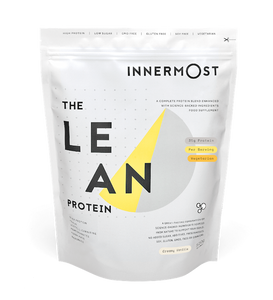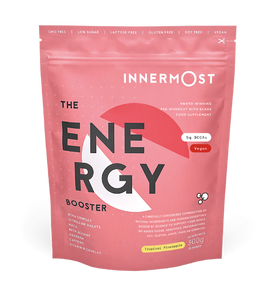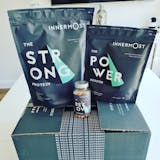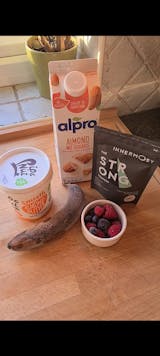There are plenty of reasons that people choose to switch to a vegan milk, ranging from the milk alternatives health benefits, their reduced environmental impact, and even their taste. But when it comes to choosing the best non-dairy milk for you, the healthiest milk alternative, or even the best non-dairy milk for coffee, it can become a bit challenging to choose between the many, many milk alternatives on the market.
We’re here to break it down. We’re talking taste, sustainability and more. It’s the battle of the non-dairy milk alternatives, if you will. But first, as always, let’s get the basics out the way.
What are non-dairy milks?
Non-dairy milks are a group of plant-based milks such as oat, cashew and coconut milk, that are made without the need for dairy milk from cows. This means that not only are their environmental impact much lower, but that they are great for those that want to follow a vegan lifestyle and remove animal by-products from their diet. They’ve also got some pretty sweet health benefits, too.
What are the benefits of non-dairy milks?
Of course, the health benefits of non-dairy milks vary from milk to milk, but broadly, some of the great benefits of dairy milk alternatives include:
- Great sources of calcium
- Cholesterol free
- Easier to digest
- A delicious taste
- Fewer calories
Due to the increasing popularity of dairy milk alternatives, too, you’re spoilt for choice when it comes to brands, milk types and even flavours. For this reason, here at Innermost we recommend that if you try one dairy milk alternative and don’t like it – maybe you don’t like the taste or texture, just try another one! You’re sure to find one that you love.
It can be pretty overwhelming when selecting the best milk alternative, though. So let’s take a look together…
What is the most sustainable milk alternative?
It’s a fact that in general, plant-based milks are more sustainable. Their production uses less land, less water and their production leads to far fewer levels of greenhouse gases than dairy milk counterparts.
The two most sustainable milk alternatives are soy milk, who’s production requires the least amount of water, and almost milk, who’s production leads to the least carbon dioxide. So, if you’re looking to make the swap to a dairy-free milk in the hope of making a sustainable dietary choice, soy or almond are the milks for you.
What is the best non-dairy milk for protein shakes?
When it comes to choosing the best non-dairy milk for protein shakes, you’re looking for a delicious taste and a creamy texture. Both of which are provided by almond milk.
Almond milk has a similar, creamy consistency to cows milk which is ideal for creating thick and satisfying protein shakes, and the vitamin content of this milk packs a punch, too. Almond milk contains Vitamin A, Vitamin D and Vitamin E, which is a great addition to your protein shake, for sure. For those that love a caffeine boost, almond milk is often considered the best non-dairy milk for coffee, too!
If you’re looking for a great tasting dairy milk alternative to add to your shakes, though, we really recommend coconut milk. Sweet and delicious, coconut milk is a firm cult favourite for protein shakes, especially with our pineapple flavoured product The Energy Booster… did someone say Pina Colada?
What is the healthiest milk alternative?
If you’re thinking of making the switch from dairy milk to plant milk, it’s probably fair to say that one of the biggest motivators behind this choice is the health benefits. Maybe you’re lactose intolerant and fed up of the milk-induced bloating, or perhaps you’re just conscious of the high fat content that dairy milk can bring…
Whilst these are worthy concerns, when deciding on the healthiest milk alternative, it’s important to consider the sugar content of your brand of choice. That’s what you should be looking for.
Soy milk is one of the most popular dairy milk alternatives, and it’s not hard to see why. As one of the healthiest on the market, soy milk contains just as much protein as cows’ milk, and as long as the milks don’t contain any added sugars and are unsweetened, soy milk is definitely the healthiest pick.
Summary
There are a few really key points to consider when making the switch to a dairy milk alternative. Firstly, non-dairy doesn’t mean non-delicious. Many people opt for a dairy milk alternative for the taste and difference that these milks can bring to smoothies and protein shakes as a result, for example.
Secondly, switching to non-dairy milks is a great choice for the environment. The dairy industry has a hugely detrimental affect on the environment, and so switching to one of these delicious alternatives is a great way to reduce your environmental impact.
By the way… why not make the change this World Vegan Day? Whether you opt for oat milk, soy milk, almond milk, or any other of the worthy plant-based milk alternatives, let us know what you think! Head on over to @liveinnermost. We’d love to hear from you.
























